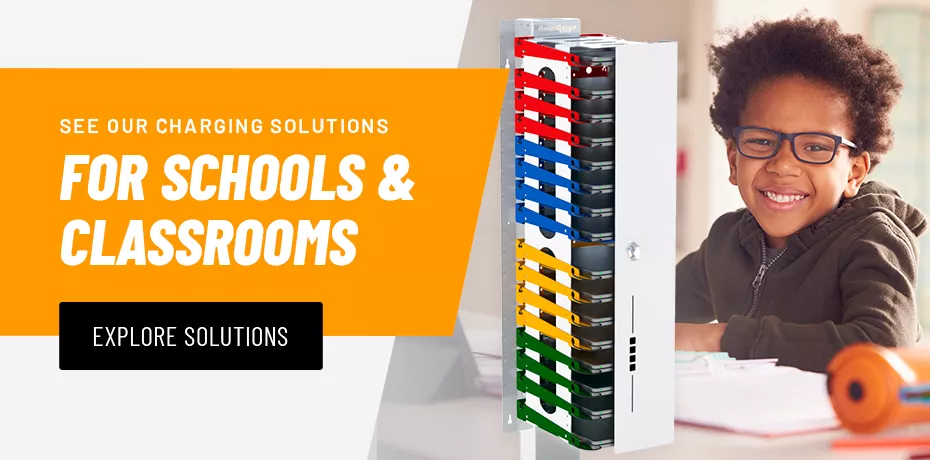What Is a Flipped Classroom?
Educators are always looking for ways to do better. That effort means consistently assessing and reassessing learning models to determine how to assist children more effectively. The old way isn’t always the right way, and being open to change is one of the most exciting parts of education. Recently, some schools have experimented with the flipped classroom model.
As the name suggests, a flipped classroom turns the traditional notion of the classroom upside down. In this model, students watch video lectures and lessons at home while they spend class time doing homework and other hands-on tasks, such as labs and tests.
The concept focuses on one-on-one, face-to-face learning. The idea is that lessons will be more effective when the teacher guides the students rather than just imparting concepts. Teachers can assess gaps in knowledge or comprehension as they watch students’ ability to apply concepts.
Flipped Classroom Examples
How can teachers integrate a flipped classroom into their teaching? It may be as easy as trying one lesson and seeing how it goes. Some flipped classroom examples include:
- Demonstration-focused learning: Teachers can film themselves doing an experiment to give kids a visual reference for the next day’s learning.
- Discussion-oriented learning: After offering background on the video, teachers lead an in-class discussion about the concept.
- Group-based learning: Students work in teams to complete a lab or assignment, learning from each other’s answers.
Flipped Classroom Benefits
One of the most significant benefits of the flipped classroom is allowing children to learn at their own pace. Traditional education techniques are one-size-fits-all, and they overlook differences in learning styles among students. With a flipped classroom, teachers can tailor the pace to their students, allowing them to go as fast or as slow as they need to go.
Kids who miss school days will also have an easier time catching up in a flipped classroom than one with a traditional model. Children can watch videos to see exactly what they missed instead of relying on a friend’s notes. Plus, teachers can talk them through the assignment and see how they have absorbed the knowledge.
Incorporating Technology in the Flipped Classroom Model
Technology hurdles are one of the biggest arguments against the flipped classroom. By partnering with the right company, you can ensure you have the equipment you need for your students. PowerGistics can support your efforts with our charging stations, which keep laptops and other devices neat, tidy and ready to use. Contact us to request pricing or a demo.
Further Reading
5 Ways to Save Time in the Classroom
5 Ways Technology Can Improve Your Classroom
How to Create a Technology Plan for Your School
How to Maximize the Battery Life of School Devices
Skills to Look for in Your School’s Director of Technology
How to Successfully Deploy Devices in the Classroom
10 Reasons Why Schools Should Not Use the Take-Home Technology Model
